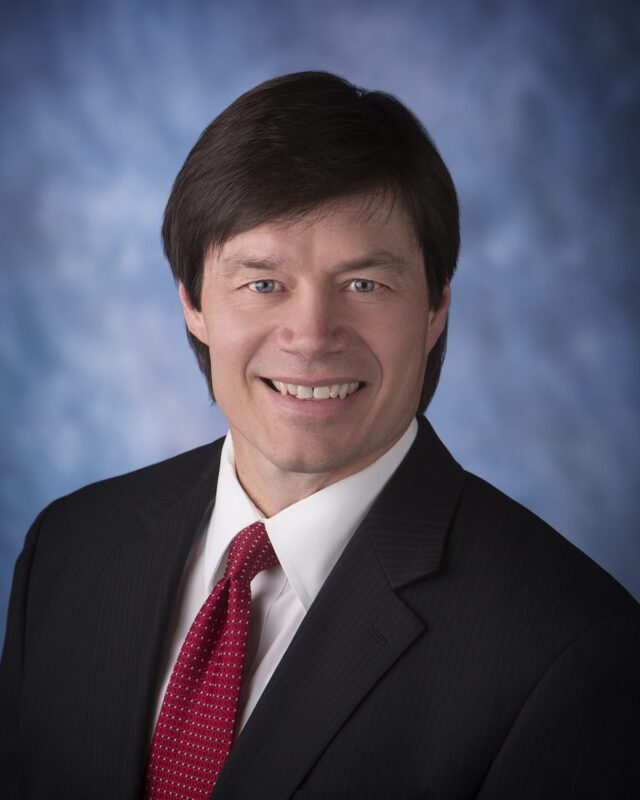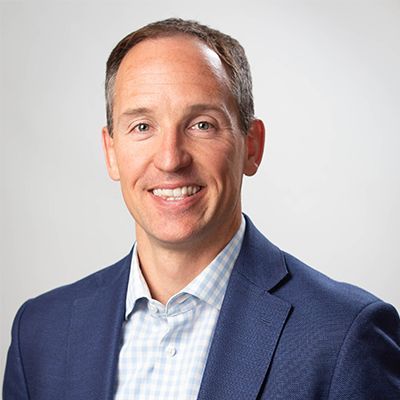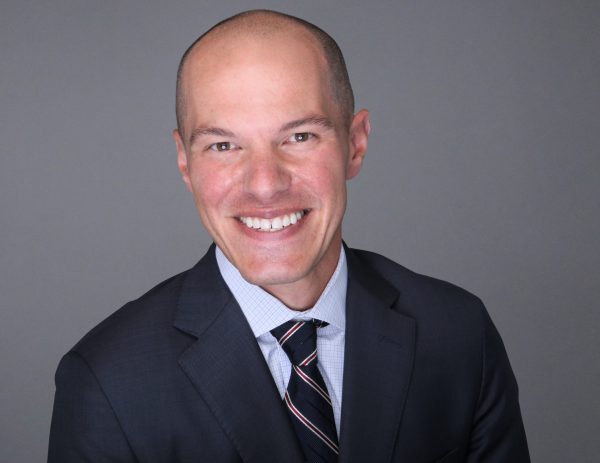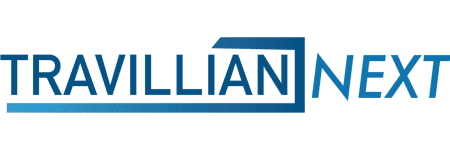Banks are faced with two disparate pictures when they look at their cost of funds in 2022. Funding costs are not exploding, thus far anyway, from the highest performing banks on down. While consumers, on the other hand, are treated to more and better options for safety and higher yield with each passing month. It’s a funding landscape not seen since before the 2008 financial crisis.
Since 2008, courtesy of the Federal Reserve, a 2-percent return has been the best a depositor could get to build a rainy-day fund in a saving account, cobble together a mortgage down payment, prepare for retirement, or earn an income from low-risk sources. Now Fed funds, in a rapid rise of historical proportion to 3.8 percent at this writing, up from near zero, has boosted U.S. Treasury bonds to nearly 5 percent. Private firms too – such as Edward Jones offering 4.70% for a year-long certificate of deposit or Synchrony promoting 3 percent on savings accounts – have gone higher to attract deposits.
Competition is on the rise, but are these developments good news or bad for banks?
If you talked to any banker during the last 15 years, “rates-up” environments aren’t the boogeyman. In fact, the current rate movement has been on the industry’s wish list for a long time. Many wisely view consumers’ widening options – on both retail and commercial accounts – as a threat to margins. However, many also see a welcome opportunity ahead to focus on relationship banking – only now bankers can exercise that muscle at both ends of their net interest margin.
Depositor Feelings of Futility
Before inflation convinced the Fed to change its tune, savers and retirees struggled.
Among Millennials and Gen Z – the consumer cohorts now in their 20s and 30s – saving to purchase a home is a priority for less than 20 percent. That same cohort, though, says buying a home is a top priority, said Kathleen Craig, CEO of Plinqit, a saving technology platform founded in 2018.
Homebuyers need enough for a 3 percent down payment, “they just think they cannot afford it,” said Craig, a former Michigan banker, who shared consumer saving data on a recent webinar with BankBeat.
Consumers under the age of 40 can hardly be blamed for this savings pessimism. The period of historically low returns on safe, FDIC-insured deposits has lasted so long that the returns available now are outside of their experience. Not so for the Greatest Generation and the Baby Boomers, who remember mortgage rates above 12 percent and year-long CDs paying 10 percent. The young are now incentivized to join their parents and grandparents and learn quickly about banking products they’ve never used.
Pressure and Time: Where is the Opportunity?

New consumer awareness is building on top of other deposit trends, bringing with it an environment with a new set of unknowns.
Since the Federal Reserve began its efforts to stimulate the economy all those years ago, regulators have changed the rules for deposit products, observed Neil Stanley, CEO and Founder at The CorePoint, Omaha, Neb. “The Federal Reserve Board removed the prohibition on paying interest on commercial accounts. Regulators also removed rules limiting the number of times consumers can move funds out of a savings account,” he said. “No bank will rush to pay interest on commercial accounts, and transactions on savings accounts aren’t onerous in themselves, but they create even less regulatory friction than before for rate competition and depositor movement.”
Banks are already feeling pressure on funding costs, but how that pressure persists, or increases, through time will determine the impact on bank balance sheets, said Brian Leibfried, Co-Head of Clients Insights and Analytics at Performance Trust, Chicago. “We have pressure already right now, and more is building,” he said. “Now it is a question of the duration of time that deposits stay under pressure. How fast will money move when all generations – some for the first time, and others based on experience – realize they not only can chase higher returns but can do so quickly because of technology?”

For most banks, a comparable scenario to the current rate environment occurred in the late 1990s and mid-2000s, Leibfried observed. “Back then it was hard to break up with a bank,” he said. “If the current pressure on deposits is sustained for a significant period of time, the next few years could be worse than the 90s because of the ease of moving on; and the fact that most bank deposits are just one minute away from maturity.”
In fact, only 7 percent of core deposits even have maturities, Stanley agreed. “That’s the lowest level of tied-down deposits going back more than 35 years,” he said. “Bankers have come to love non-interest bearing. Some 93% of accounts are either non-interest bearing with no commitment from the depositor whatsoever, or interest-bearing and the depositor can move anytime.
“People are going to put their money to work,” he added. “We’re going to see deposit balances decay, either banks will have to pay to keep them or they’ll need to understand and tailor their products in ways valuable to depositors.”
Create Value in the Relationship
Even as price becomes more of a potential focus for consumers and organizations, some banks are turning to time-old community-banking tactics to solidify – and even to deepen – the relationship.

Unity Bank, a $2.1 billion institution based in Clinton, N.J., has decided to develop its deposit strength with the help of a new executive leader, a Chief Depository Officer, Ryan Peene. As CDO, Peene leads the bank’s offering and branch operations, but he brings extensive experience in real estate policy. He joined Unity Bank a month ago to spearhead multiple de novo branches – a core element of the organization’s deposit growth strategy.
COVID-19 and the digital age were supposed to have killed brick-and-mortar banking, but Unity Bank has found significant opportunities to expand locations, giving consumers access to a branch when they need one. “For most banks, not everyone is a lending customer, but every customer can be a depositor,” Peene said. “In an environment where every depositor expects something, you are better off growing deposits from your base.”
A part of Unity Bank’s approach to deposit growth is to serve those who’ve moved out to the suburbs and exurbs during the pandemic. “If we were fair to them in their mortgage, they believe you’ll be fair in the deposit relationship,” Peene said. “We are looking to have a deposit relationship conversation and to act like their private banker.”
Community banks must use their ability to create value within relationships, especially for commercial accounts, Peene suggested. “Because of relationships, there are plenty of opportunities for win-win arrangements with customers,” he said.
One opportunity Peene noted is to offer commercial customers Positive Pay for no fee. “The customers want less check fraud, and so does the bank,” he said. “When the bank saves more on fraud reduction than it loses in fee income, it’s a no-brainer. We can have interactions with customers that show them we care about their relationship with us. This approach also allows our staff to stay in regular contact with our customers.”
Tailor Products To Address Pain Points
Many retail depositors have reached the tipping point in their time deposits where they can close out their CDs, pay the penalties, and reinvest at today’s interest rates for a higher return, even after paying the penalties. The industry can prepare for that tipping point by educating consumers and by offering products that make sense for a new rate reality.
“We’re now approaching 5% returns on FDIC-insured products,” said Stanley of The CorePoint. “Investing money for a return no longer means taking risks.”
Just as rates-down environments do not cause all mortgage borrowers to refinance, not every consumer will refinance deposits when rates rise. “You can bet bankers make money on mortgage refinances when advantageous,” Stanley said. “Deposits now offer a similar opportunity.”
In mortgage, refinances are transactions. The borrower wants a rate, and the lender wants an origination. Depositors and financial institutions can also treat what could be a relationship as a transaction. “Those institutions that show real effort to help people’s finances, though, can win hearts and minds among consumers,” Stanley said. “Banks that know their data and portfolio can be that relationship player while also positively impacting their margins.”
Consumers have faced futility in safe savings for so long, there is a lot of emotion behind better returns. But many – even those old enough to remember 12 percent mortgage rates – still have a pain point a bank can solve: They’re not familiar with interest rate risk. They don’t want to lock in at 4.7 percent and have rates go to 6 percent.
“We see institutions offer a hybrid deposit arrangement – a CD combined with a high-yield savings accounts – to simultaneously provide both liquidity and an attractive yield to depositors willing to pay a penalty, or who’ve come to term,” Stanley said. “The offer is a high-yield savings account with a CD rate that’s only available when the depositor commits first to a renewed term deposit. The depositor now has a sweeter deal within their existing banking relationship. They may not get the CD rate advertised by a competitor, but they gain a competitive rate with liquidity that protects them from rate risk.”
Where before the institution was fighting to keep a CD, it might now gain the entire deposit relationship because it offered both rate and risk management. While not every depositor will qualify depending upon the size of the penalty and the amount of time to maturity, those who do are most likely to add deposits at a price properly fitted to the institution’s asset-liability strategy – supporting a cost of funds resilient to rate pressures.
For years, “relationship banking” has been largely a phrase for lending. But it’s returning again to branch managers’ offices and personal bankers’ desks. For the leaders who knew they could make more money in a higher rate environment, let the rate race begin again for relationship deposits.
Travillian’s Banking and FinTech Practice provides Search and Talent Advisory services to depository institutions across the country. Established in 1998, the firm has built a unique platform that touches every corner of the industry. To learn more, click here, or get in touch below!
|
Brian Love, Head of Banking & Fintech
(484) 680-6950 | blove@travilliangroup.com |






